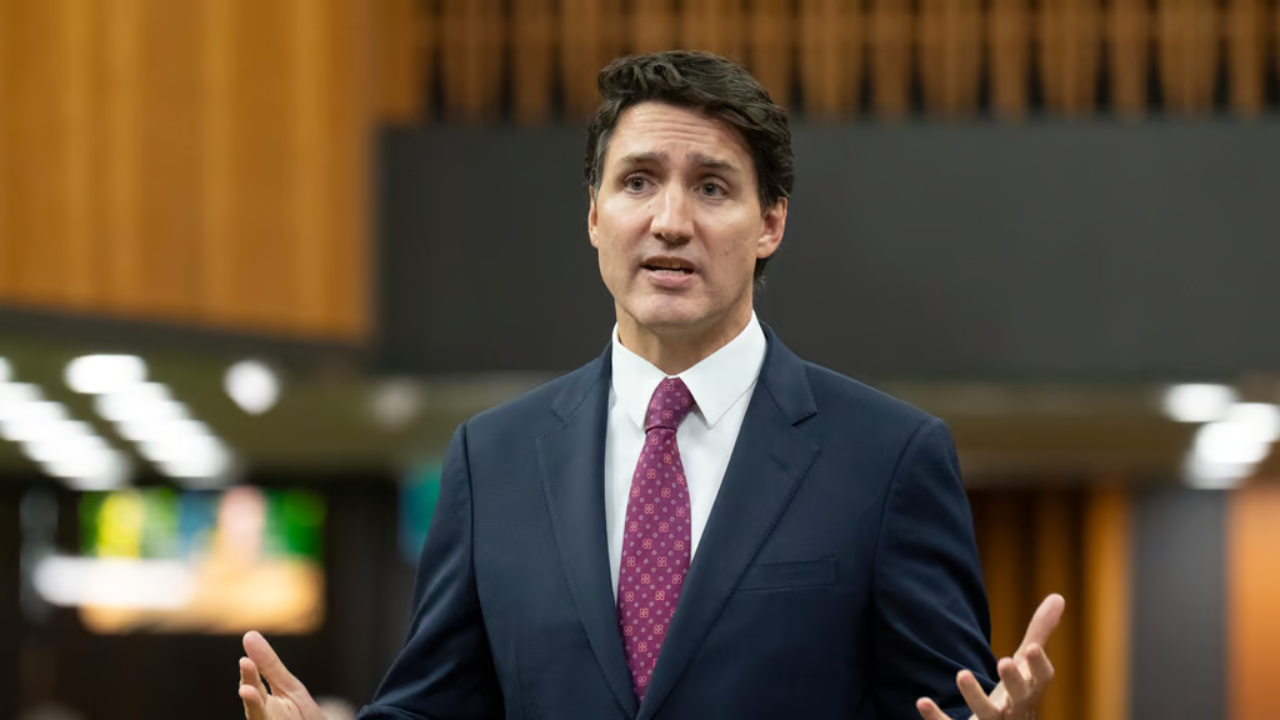

Canada has recently announced a decrease in its immigration targets, cutting back on the number of permanent and temporary residents it plans to admit. Image: AP Photo
Canada recently announced a reduction in immigration targets for the coming years, scaling back both permanent and temporary resident admissions. This marks a shift in the government’s approach, as it aims to control immigration levels while still focusing on economic growth.
The Immigration Levels Plan, released on October 24, outlines a significant cut in permanent resident targets. The 2025 target is set at 395,000 admissions, down from 485,000 in 2024 and 500,000 previously projected for 2025. By 2026, the target drops further to 380,000 and then 365,000 in 2027. Despite this decrease in overall numbers, the government continues to prioritize economic immigration, aiming to admit over 40% of these immigrants from temporary residents already living in Canada.
Economic immigration targets are also being reduced but only by 17%, from 281,000 to 232,000 in 2025. Family reunification and refugee admissions are also seeing cuts, while the government maintains its focus on attracting French-speaking immigrants to regions outside of Quebec. By 2027, the target for French-speaking immigrants will rise to 10% of all permanent residents.
A surprising element of the announcement was Prime Minister Justin Trudeau taking the lead on revealing these plans, a task typically handled by the Immigration Minister. Trudeau emphasized the role immigration has played in Canada’s economic success, saying, “It’s made our economy the envy of the world.” Both Trudeau and Immigration Minister Sean Fraser reaffirmed the country’s commitment to welcoming immigrants despite these reductions.
Another notable reduction comes in the Provincial Nominee Programs (PNPs), which see a 50% cut in targets. PNP admissions for 2025 are set at 55,000, down from 110,000 in the previous year’s plan, and this figure remains the same through 2027. This marks a considerable shift in how the federal government is handling immigration at the provincial level.
Conversely, federal high-skilled economic immigration managed through programs like Express Entry, is seeing a rise in targets. The 2025 goal for high-skilled immigrants is now set at 124,680, an increase from last year’s projection of 117,500. This increase reflects the government’s goal to admit more skilled workers to fuel economic growth.
The government also introduced targets for temporary resident admissions, something that should have been included in previous plans. Temporary residents, which include workers and students, are set to decrease as a percentage of the population, falling from 7% in 2025 to 5% by 2026. Temporary foreign workers under the International Mobility Program will see a significant reduction in work permits, while the Temporary Foreign Worker Program will maintain consistent numbers at 82,000 per year.
Canada’s government expects that the number of temporary residents will drop by about 445,000 each in 2025 and 2026, with a slight increase expected in 2027. This decrease is attributed to temporary residents transitioning to permanent residency and others having their status expire.
The changes also come with reforms to the Temporary Foreign Worker Program, limiting low-wage work permits to one year instead of two and implementing tighter controls on study permits. The government has also placed a cap on international student admissions for the first time, aiming to reduce the number of new study permits to 360,000 in 2024, expanding this measure to graduate programs as well.
Trudeau’s government believes these changes represent a balanced approach to immigration, with Immigration Minister Fraser calling it a “middle of the road” plan. Trudeau hinted that the changes may also have a political motivation, noting that “We’re focused on winning the next election.”
Having an 'Identity Verified' badge or being 'Identity Verified' simply indicates that an individual has submitted information to complete our identity verification process or we have conducted internal verification using various authorized websites. While this process includes safeguards, it does not guarantee that the person is who they claim to be.
If you encounter any issues with this profile, please report them here. While all consultants who are verified have RCIC ID, we may not have the latest data in terms of their renewal/cancellation/discontinuation of their RCIC ID.
The "Verified Consultants" profiles are created using publicly available information, including data from the IRCC website, official consultant sites, other listing platforms, and social media. Immiperts.com is an independent platform, not affiliated with IRCC or any registered immigration consultants. To update, claim, or remove your profile, please contact us at [email protected].
╳